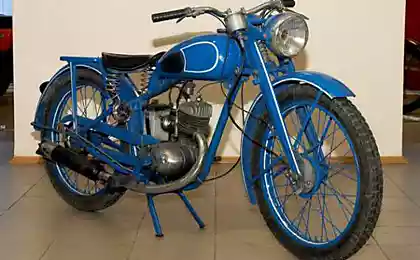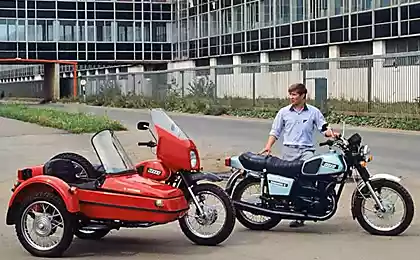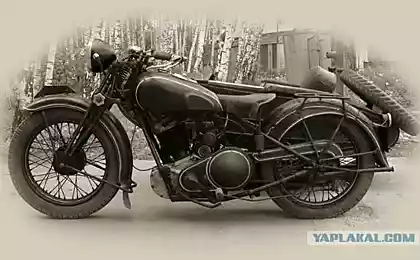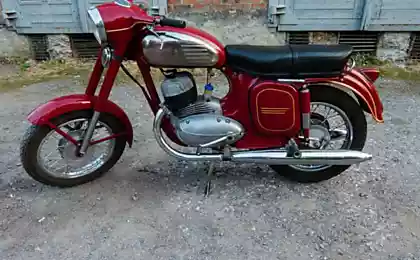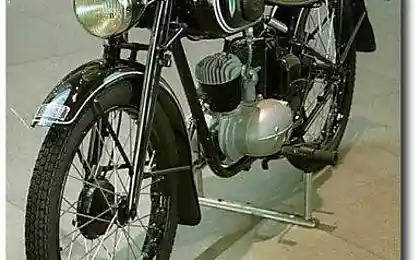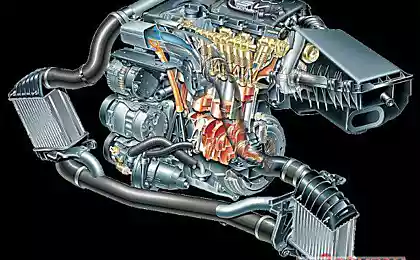137
One of the world’s first motorcycles was the 1884 Butler Petrol Cycle.

The picture shows a motorcycle called the Butler Petrol Cycle.
It was designed by Edward Butler in England in 1884 and is considered the first non-production device of this type (pictured - a model from 1887).
It had an internal combustion engine of 0.6 liters with two cylinders and four cycles. The engine produced approximately 0.6 horsepower, equipped with rotary valves and a carburetor.
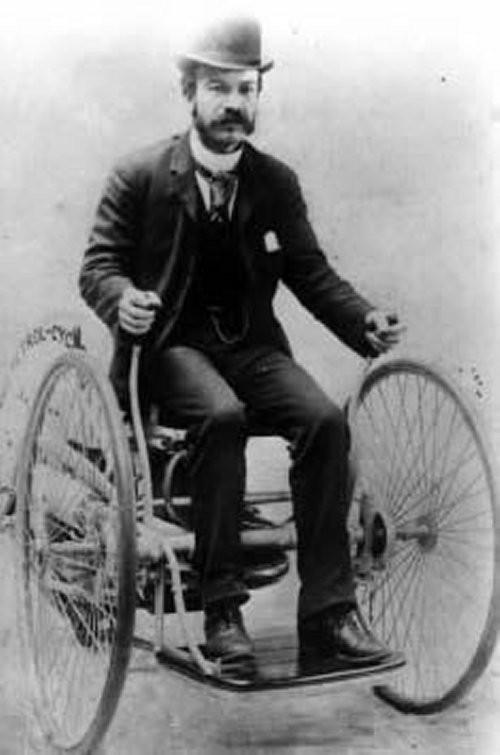
The main feature of the motorcycle was the steering and braking system.
The steering mechanism was made on the principle invented by Rudolf Ackerman, and named in his honor. Such a mechanism has a very cunning geometry: the rear axle of the car should be located exactly at the intersection of imaginary lines that continue the lines of steering thrusts.
Thus, both rotating wheels had the center of the circles they described at a common point. This method of taxiing has an advantage over the standard steering mechanism.

The Butler Petrol Cycle had a rear-wheel drive, which is why the inventor decided that his motorcycle would not need a brake. Indeed, this motorcycle has absolutely no braking system. However, braking was carried out in a very, very cunning way - a special mechanism lifted the driving wheel with the help of a lever, tearing it off the ground, and the movement continued on two small stabilizing wheels.
Source: brainswork.ru
Words conquer war - Ogilvy Mather
The longer the child sits in front of the TV, the worse his success
